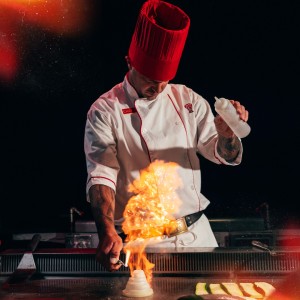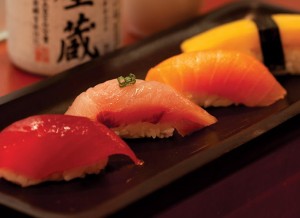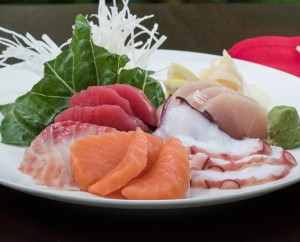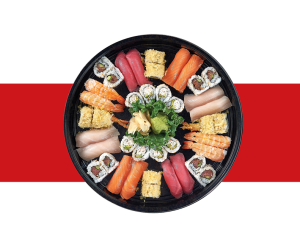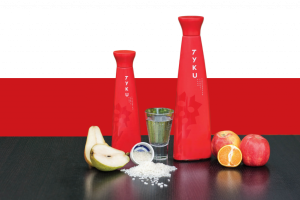THE HISTORY OF TEPPANYAKI
What does teppanyaki mean? It means, quite literally, broiled on a steel grill, which is the definition of Japanese teppanyaki-style cooking in its most simple form. However exactly when teppanyaki-style first came into use is a bit more complicated.
Some believe the tradition began over 200 years ago when families would prepare food together on small hibachi grills. Others believe it began in the early 1900’s with teppanyaki chefs introducing the style, along with their intricate knife skills, to diners.
Regardless of which story is true, teppanyaki has evolved greatly over the last hundred years, moving from food that was simply “broiled on a steel grill” to something of an art form. An art form Benihana restaurants first introduced to America in 1964.
Today, teppanyaki chefs are performers as well as skilled cooks, delighting diners daily with mouthwatering flavors and jaw-dropping knife skills.

